When I was young, anthropomorphic animals were big business. When Sega sought to refresh their image in 1991 and produce a new series capable of competing with a certain plumber, they came up with Sonic the Hedgehog. The blue speedster was a great success, bolstering the sales of Sega’s Genesis system in North America. With his air of attitude and carefully conceived image Sonic was well-received, and proved to be a more effective foil to Nintendo’s Mario than other tried-and-tested Sega mascots such as Alex Kidd. Needless to say Sonic has become an icon of the gaming industry, his popularity over the years making him as synonymous with console gaming as his moustached rival; but where as this lightning-fast hedgehog has endured, many others characters have faded into obscurity. Racing across vibrant cliff sides and through dizzying spirals, it’s not only dust clouds and sabotaged robotic Badniks Sonic has left in his wake but a trail of similar yet less successful animal mascots as well.
Every species in the animal kingdom had a representative just waiting to take a shot at Sonic
When it became apparent Sega were backing a winning horse with their new superstar, many eager developers looked to capitalize on this success with animal protagonists of their own. Whether it be bobcats who could defy gravity to liberate their yarn balls from alien invaders, acrobatic bats seeking to protect their circus from disgruntled clowns, even steam punk opossums facing down legions of pig warriors and their mechanical war machines, it seemed like every species in the animal kingdom had a representative just waiting to take a shot at Sega’s champion. Nintendo themselves reacted in kind, introducing players to Star Fox and his bestial wingmen in 1993.
Though none could catch Sonic once he’d gained momentum, there are some who have stood the test of time better than others; backed by the might of Nintendo, Star Fox has enjoyed varying degrees of success with subsequent releases and even Konami’s Sparkster was seen again in 2010’s Rocket Knight. What is clear however is that aside from the strong cult following reserved for established franchises, most of these bygone beasts can now be considered an endangered species, if not extinct already.
As in most similar cases, the reason for this decline is a matter of conservation; these creatures have been denied the habitat they once thrived in. Many will recall a time when it was the majority of video games, not the minority, that displayed imagination and ambition enough to draw players into worlds of their own design. Thanks to regular appearances, anyone with a passing interest in gaming can identify the Mushroom Kingdom by it’s alarmingly facially-expressive scenery, but the unfamiliar confectionery countryside of a game like Zool must appear as alien as it’s ninja protagonist. Just as deforestation often leads to the development of urban areas, these escapist environments have been bulldozed and trampled to make way for more commonplace locales. The many hues of vivid skies and rolling landscapes have yielded to the onslaught of grey-on-grey corridors and streets; backdrops that are desaturated, desolate and derivative.
The First Casualty of War is Innocence
The point I’m trying to make is that there seems to be a certain element of idealistic fantasy being largely neglected these days. It’s easy to define the boundaries between good and evil when one side is championed by a brightly-coloured rodent and the other represented by an overweight megalomaniac with a reliance on robotic weaponry. When you’re assuming control of the first-person perspective of faceless Corporal Everyman those lines become blurred, smeared by the very serious reality of war in the world around us. It’s not a criticism that can only be levelled at games of today either with titles such as Rush n’ Attack exploiting the Cold War at the time, but the levels of realism and immersion that developers now strive for can taint the experience. It speaks volumes that the longest-running series concerned with modern conflict is Metal Gear Solid, a title characterized by it’s philosophies and pacifistic alternatives to combat.
It’s no great secret that a lot of age-restricted games are supplied to minors. Young gamers make up a huge audience that despite being under the legally required age, can easily circumnavigate the law thanks to digital distribution and by exploiting unaware, perhaps sometimes consenting adults. Many will appease their child just for a little “quiet time”, with too-little interest to know exactly what they’re being exposed to. My own father was less than impressed when he first saw a digitized Sub Zero relieve a defeated opponent of their modestly-rendered head and spinal column; had I been able to commit a spree of crimes across Liberty City before engaging in illicit car-wrestling with a prostitute at the same age, it would’ve been Game Over for my favourite hobby.
So long as modern warfare simulators and morally ambiguous social sandboxes prove to be profitable you won’t find many studios risking a return journey to the worlds buried beneath the tarmac. It’s a shame as the moral implications that guided your journey through these foreign lands were often as clean-cut as a Disney fairytale. The very structure of each game, the repetition of replaying levels thanks to a lack of save systems taught young players patience and to learn from their mistakes. In the age of killstreaks, achievements and even hacks, players insist on immediate gratification. To succeed through trial-and-error was a much better influence on my young mind than any positive kill-to-death could ever have been.

There is one profound exception to this rule, a world so lucid and distinct that like it’s most famous resident it too has weathered the great turmoil that levelled most other territories. That world is the planet Mobius, perhaps better known as the home world of Sonic the Hedgehog. Defined by it’s great vaults of vibrant azure atmosphere and variety of climates, Mobius draws many comparisons to our own Earth; over time the two have even been consolidated into the same entity. Taking this into consideration it can be surmised that this is the same prominent blue sky characteristic of so many other Sega games, even those grounded in reality. It’s not hard to imagine a world comprised of both the coastal cliffs of Green Hill Zone and the scenic highways of OutRun, or to envision the F-14 of After Burner cruising the ether high above the surface of Miracle World.
It’s not hard to imagine a world comprised of both the coastal cliffs of Green Hill Zone and the scenic highways of OutRun
For years this unfaltering vision of a picturesque paradise was representative of Sega, an aesthetic that conveyed their unique style and relatively accessible disposition. In many instances Sega games featured simpler premises and gameplay than contemporary Nintendo titles. Sonic’s obsession with power rings and Chaos Emeralds seems almost minimalistic when compared to Mario’s preference for mushrooms, coins, power stars, Tanooki suits, flag poles and more. Far from being idiosyncratic, this focus on delivering refined, individual experiences was undoubtedly part of that Sega magic that made both their coin-consuming arcade titles and their respective ports to home consoles so incredibly successful.
One of my personal favourite Sega series’ of all time has to be Streets of Rage. With it’s trio of cops turned vigilante to cleanse the streets of a corrupt city and single-minded emphasis on street violence, the game is certainly a throwback to the action heroes of it’s day. Although handing out beat-downs to street thugs had already been turned into an acceptable pastime by the likes of Double Dragon and Final Fight, the neon nightmare visuals combined with Yuzo Koshiro’s legendary soundtrack to make Streets of Rage a contender in it’s own right. Whilst the series is not known for featuring prominent Sega blue skies (I don’t recall seeing the sun prior to the final stage of Streets of Rage 2) it does popularize another great video game quirk of consuming food obtained by vandalizing phone booths, traffic cones and more. Exactly how much nutrition can there be in a cooked chicken stored in a pile of tyres and left exposed to the elements? Even when dealing with gritty undertones such as corporate corruption and social decay, it’s good to be reminded one way or another that a game is still a game.
Sadly, despite continuing to spin on when many others had already dwindled to dust, the world that Sega built fell into decline along with the company that gave it life. Fragments of Mobius can still be glimpsed zone-by-zone with each game released in the ever-popular Sonic series, but as tourists we are denied the bigger picture. Without dedicated Sega hardware to perpetuate the vision, the many faces of that world are as absent as the long lost franchises that helped give it character to begin with. The future may be bleak and uncertain for the oceans of Ecco the Dolphin and the skylines of Virtua Cop, but their time in the sun was exactly that; and a glorious one too. For those Sega fans so inclined there will always be the option of plugging in a Master System, Genesis, Saturn or even a Dreamcast and peering back into the histories of Mobius and these other realms of fantasy; just as an astronomer may use a telescope to observe the ghosts of celestial bodies long since departed.


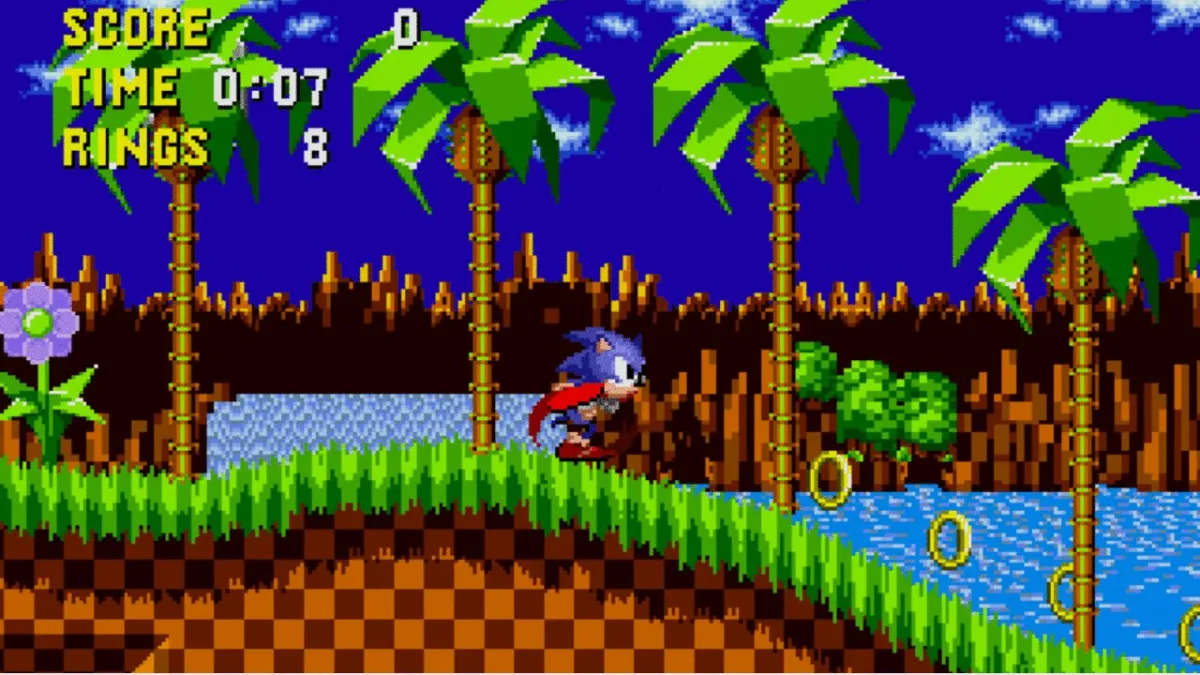

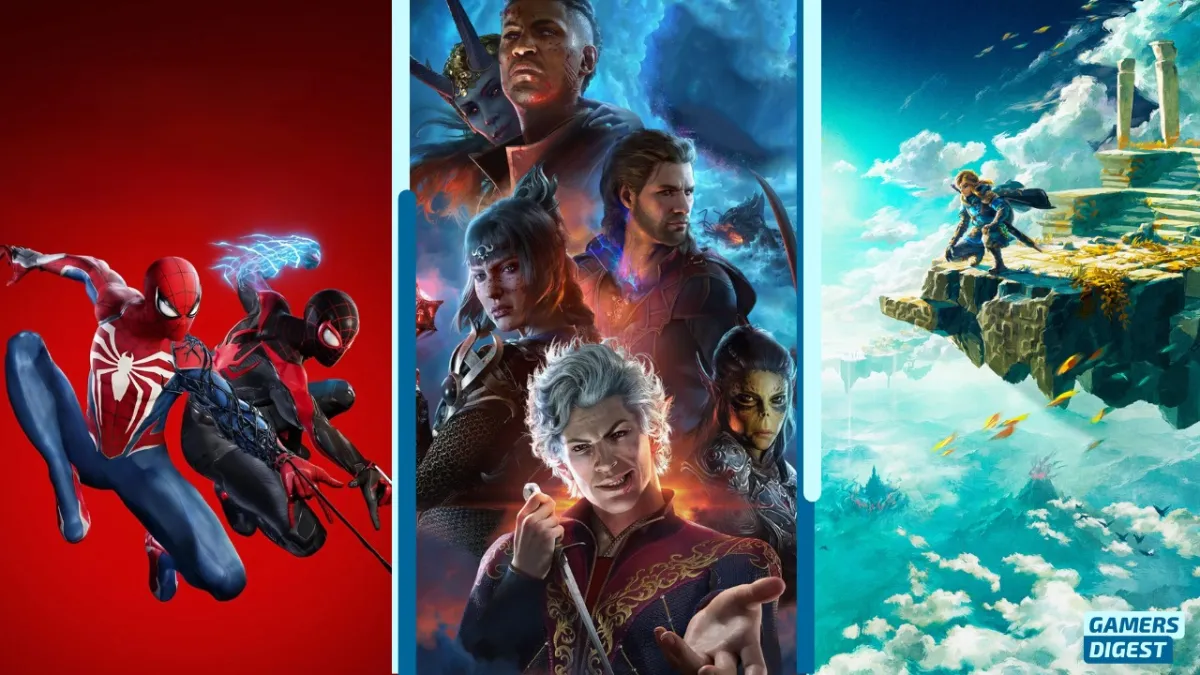
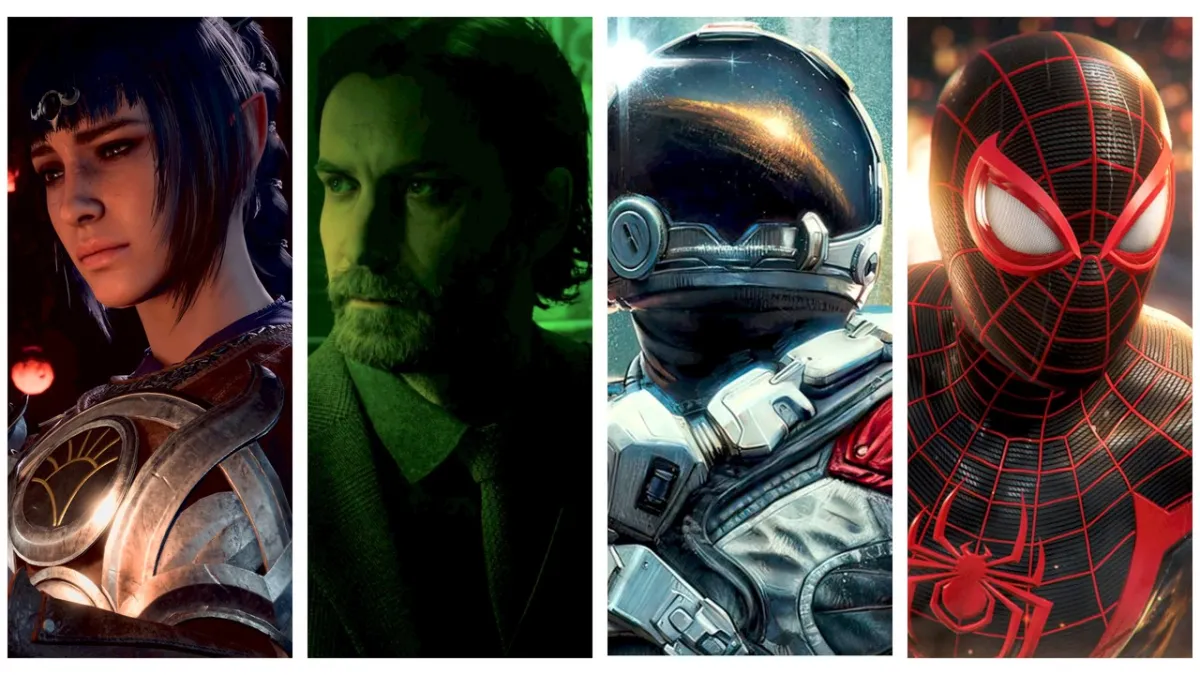
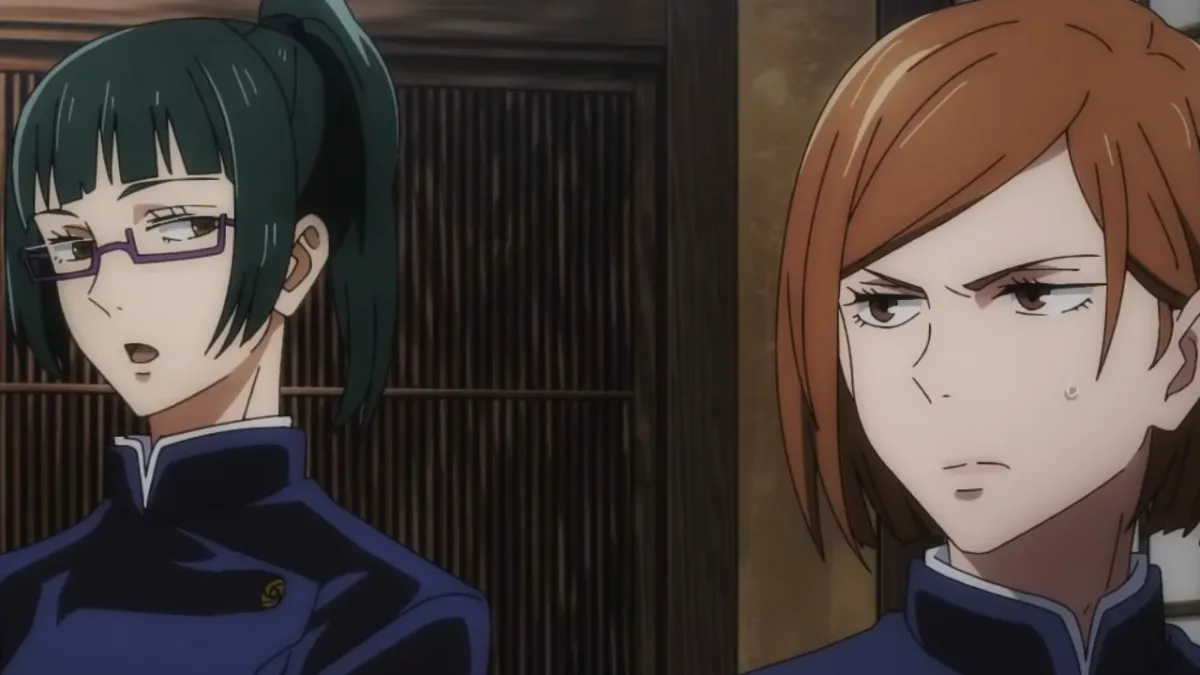
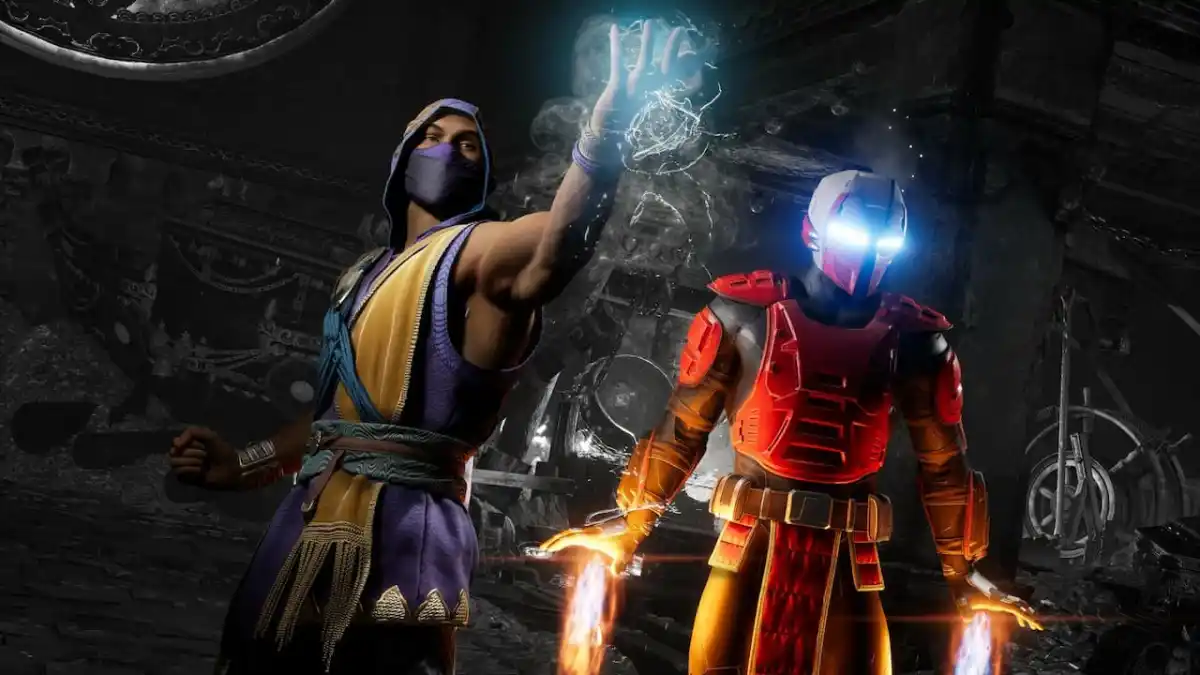
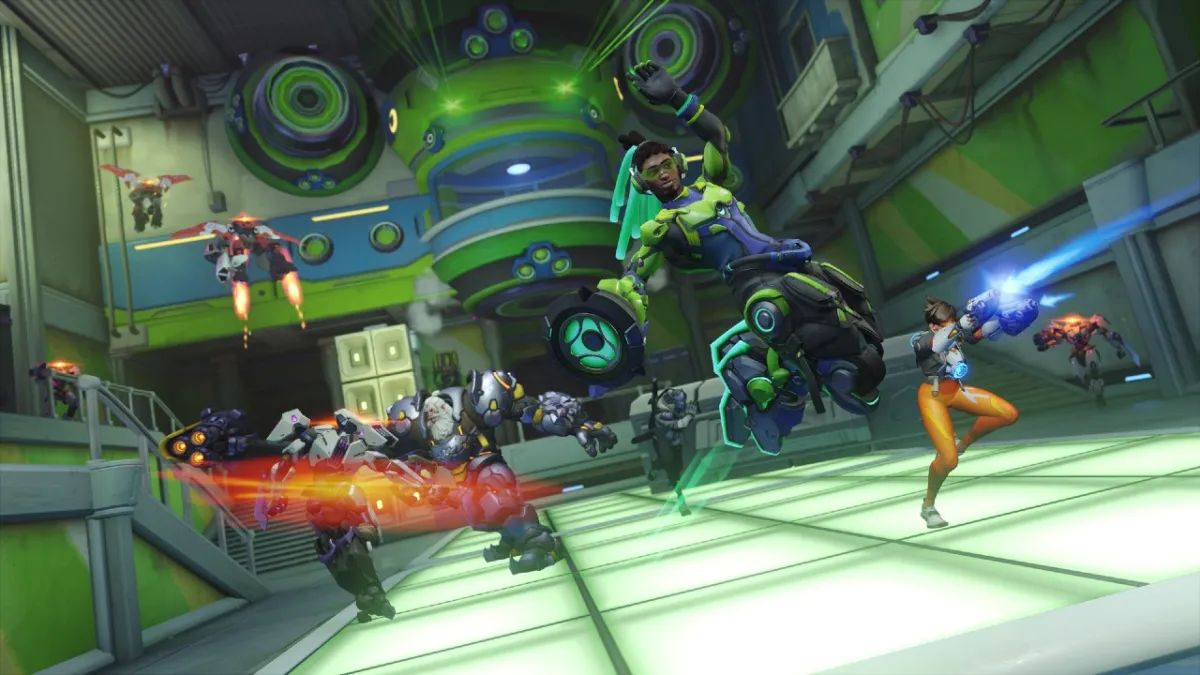


Published: May 22, 2014 11:32 am